Introduction: The Dawn of Autonomous Innovation
Imagine a world where machines no longer just follow instructions but start innovating on their own — creating new ideas, designing novel technologies, and improving themselves without human intervention. This isn’t the plot of a sci-fi movie but a rapidly approaching reality driven by advances in artificial intelligence, machine learning, and robotics.
As machines gain the ability to self-innovate, they could revolutionize industries, reshape economies, and challenge the very nature of creativity and progress. But what exactly happens when machines become innovators? Let’s dive into this fascinating future.
From Automation to Autonomous Innovation
Traditionally, machines have been tools — programmed to perform specific tasks repeatedly and efficiently. Automation improved productivity, while AI introduced adaptability and decision-making within human-set boundaries. However, innovation implies something more: creativity, originality, and the capacity to develop new solutions.
The transition from automated task execution to autonomous innovation involves:
- Self-improvement: Machines analyze their performance and adjust to enhance efficiency.
- Idea generation: Algorithms generate hypotheses or new concepts beyond their initial programming.
- Experimentation and iteration: Systems test their ideas, learn from failures, and refine solutions.
- Collaboration: Machines collaborate with other systems and humans to cross-pollinate ideas.
With these abilities, machines evolve from passive tools into active agents of technological progress.
The Building Blocks: How Machines Innovate
1. Machine Learning and Generative Models
At the core of machine innovation is machine learning (ML), where systems learn patterns from data. More recently, generative models — like GPT and GANs — have demonstrated creative capacities, producing original text, images, designs, and even music.
When machines use generative approaches coupled with reinforcement learning, they can propose novel solutions, test them in virtual environments, and select the best candidates — mimicking a simplified scientific method.
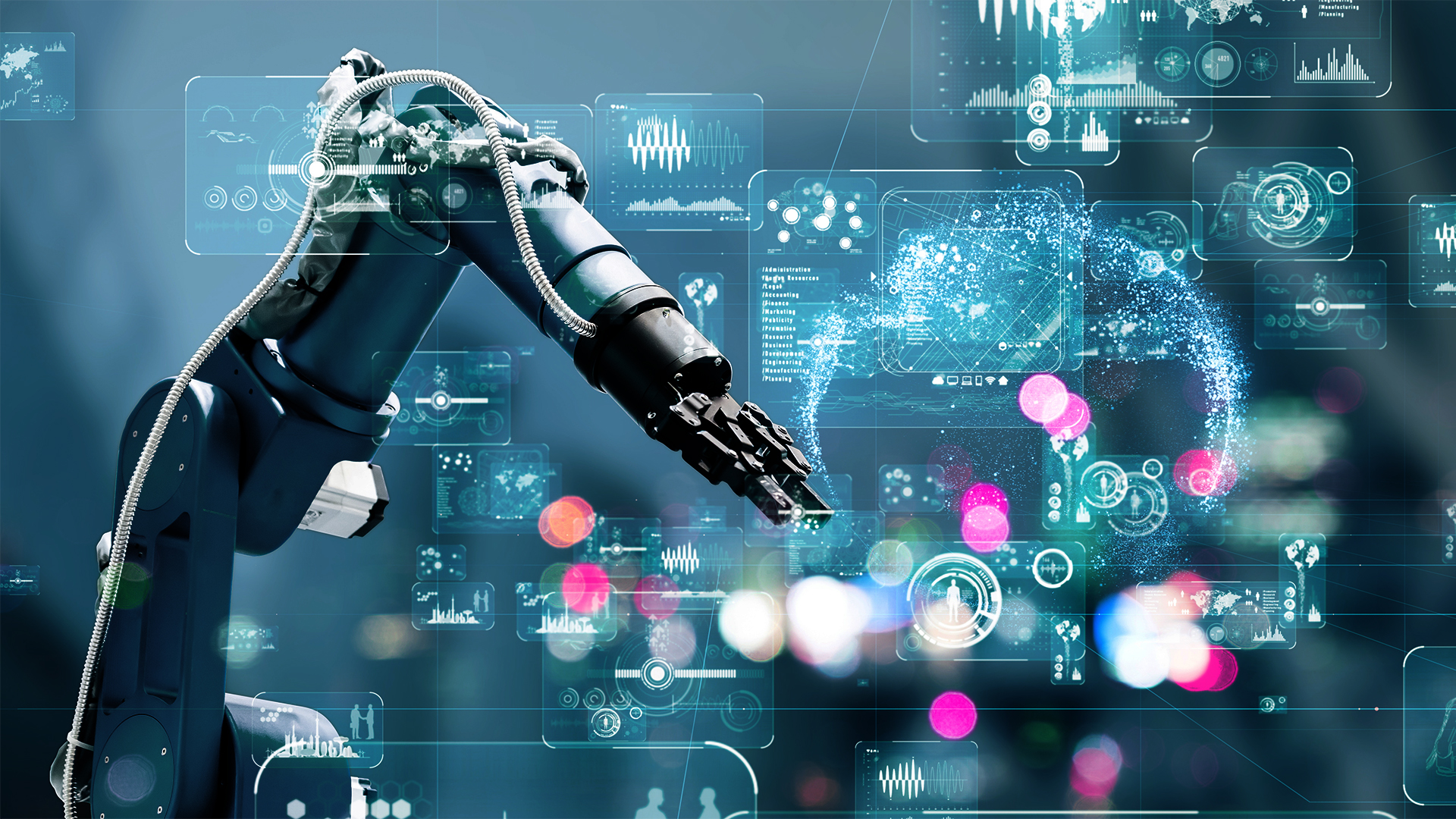
2. Evolutionary Algorithms
Inspired by natural selection, evolutionary algorithms create populations of potential solutions, select the fittest, and generate new iterations through mutation and recombination. This method is powerful for design problems, allowing machines to discover unexpected, innovative configurations — from antenna shapes to drug molecules.
3. Neural Architecture Search (NAS)
NAS lets machines design new neural networks tailored for specific tasks without human design. This meta-innovation shows machines not only solving problems but inventing better problem-solving frameworks themselves.
4. Automated Theorem Proving and Discovery
AI systems like DeepMind’s AlphaFold and symbolic AI models demonstrate machines can uncover scientific truths and solve complex equations, hinting at autonomous research capabilities that can accelerate innovation cycles.
Impact on Industries and Economy
Accelerated R&D Cycles
Machines innovating autonomously can drastically shorten research and development timelines. Consider pharmaceuticals, where discovering new compounds might shift from years to months, or engineering, where prototype testing happens in simulated environments with rapid iteration.
Customized Solutions at Scale
Innovation tailored to individual needs — whether in medicine, manufacturing, or software — becomes feasible as machines generate bespoke designs optimized for unique constraints and preferences.
Disruption and New Markets
Traditional industries may face upheaval as autonomous innovators create breakthrough technologies that render existing products obsolete. Meanwhile, entirely new markets emerge around AI-generated inventions and services.
Ethical and Economic Challenges
- Job Displacement: Roles focused on routine design and engineering tasks may diminish.
- Intellectual Property: Ownership of machine-generated inventions is legally complex.
- Bias and Safety: Machines may innovate in ways that are unpredictable or risky without proper oversight.
Philosophical and Social Implications
Redefining Creativity
If machines innovate, what becomes of human creativity? Are machines truly creative, or simply executing programmed algorithms? This question challenges our understanding of originality and the role of intuition and emotion in innovation.
Collaboration vs. Competition
The future likely involves hybrid human-machine teams, blending human insight with machine speed and scope. But there’s also the possibility of machines outpacing humans in innovation, raising questions about control, dependency, and trust.
Societal Adaptation
Education, policy, and culture will need to adapt to a world where machines are not just workers but creators. Preparing society for this transition is critical to harnessing benefits while mitigating risks.
Case Studies: Machines Innovating Now

AlphaGo and Beyond
DeepMind’s AlphaGo defeated human champions in the complex game of Go by discovering strategies never seen before — a form of creative innovation in problem-solving.
AI-Designed Drugs
Companies like Insilico Medicine use AI to design novel drug candidates autonomously, some progressing to clinical trials faster than traditional methods.
Generative Design in Engineering
Firms like Autodesk employ generative design algorithms that create thousands of optimized design variations for products like car parts and architectural elements, resulting in lighter, stronger, and more efficient outcomes.
Future Scenarios: What Lies Ahead?
1. AI as Co-Innovator
Machines and humans working synergistically, combining intuition, ethics, and creativity with computational power and data-driven insight.
2. Fully Autonomous Innovation
AI-driven labs and factories designing, testing, and producing new technologies with minimal human involvement, pushing innovation boundaries at unprecedented speed.
3. Innovation Democratization
Accessible AI innovation platforms empower individuals and small organizations worldwide, leveling the playing field and fostering global creativity.
4. Ethical Innovation Frameworks
Robust policies and guidelines ensure machine innovation aligns with human values, safety, and sustainability.
Conclusion: Embracing the Machine-Innovation Era
The onset of machine-driven innovation marks a transformative chapter in human history. While challenges abound, the potential benefits — accelerated discovery, customized solutions, and expanded creative horizons — are profound. By understanding how machines innovate, preparing for their impact, and fostering human-machine collaboration, we can harness this revolution to build a smarter, more innovative future together.






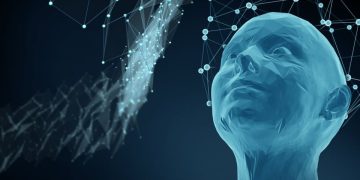



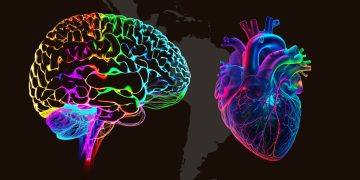


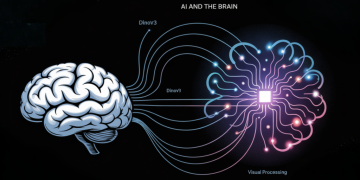



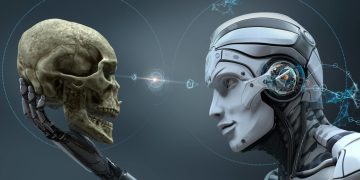
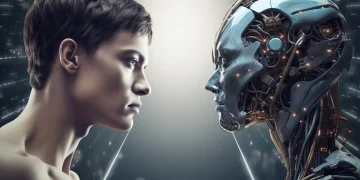







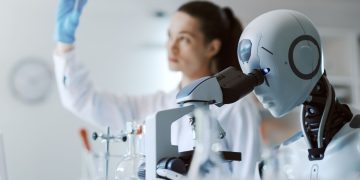


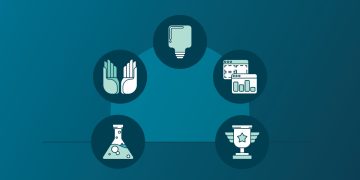




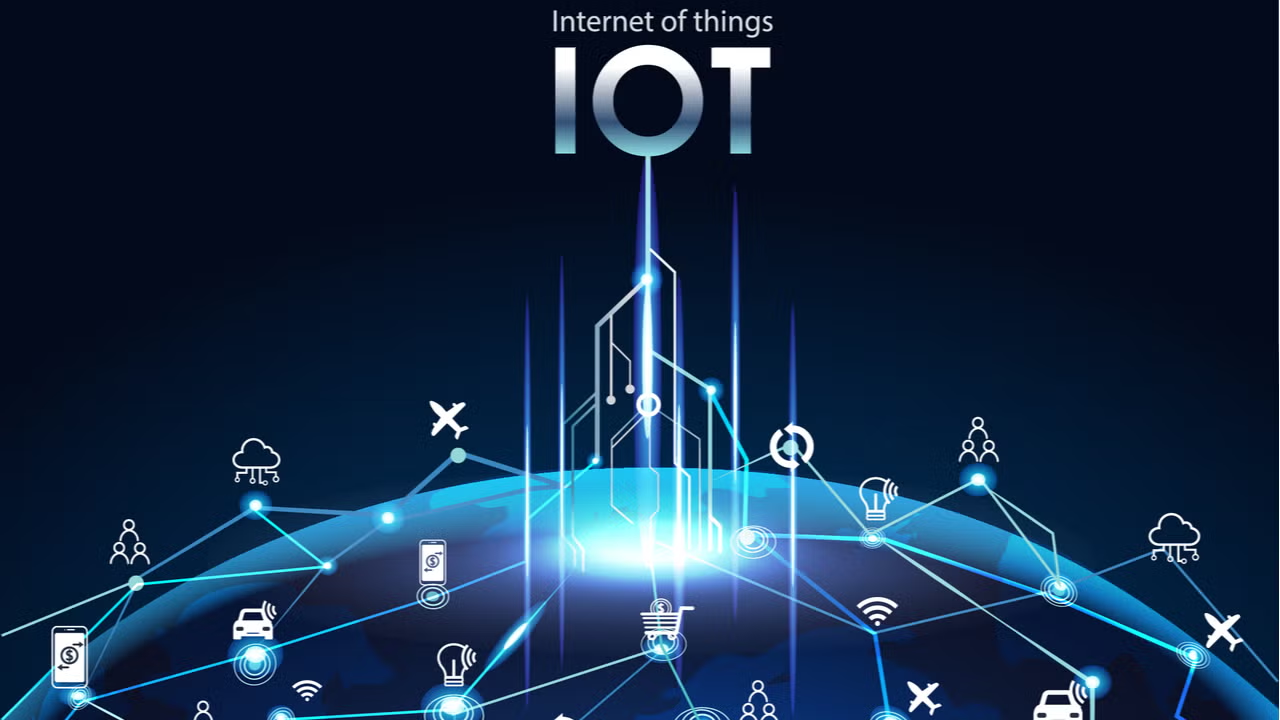
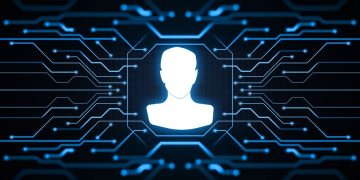















Discussion about this post